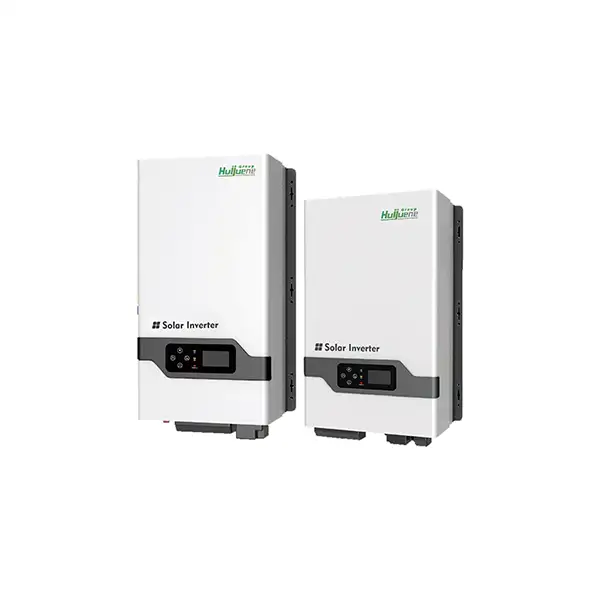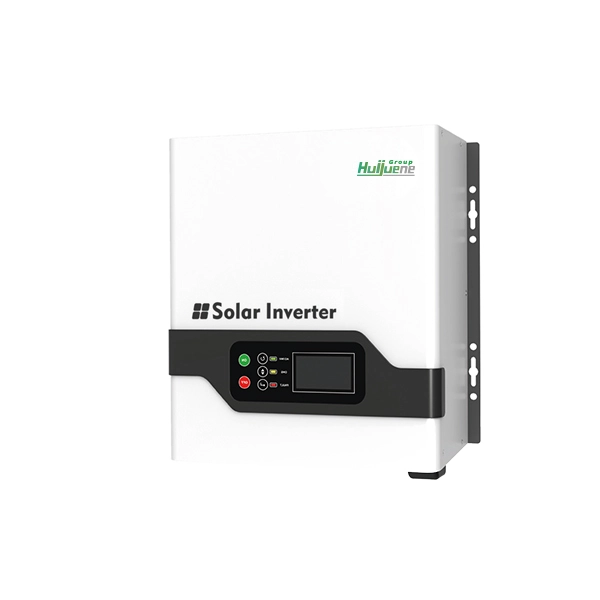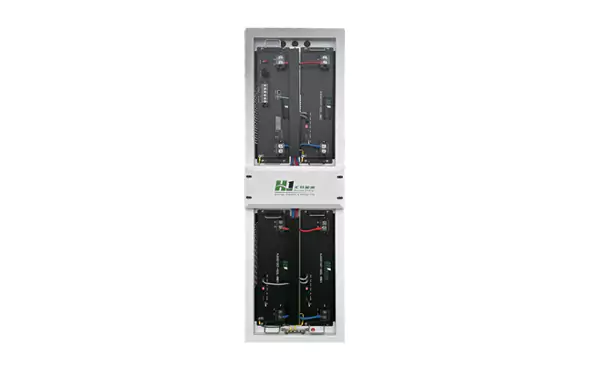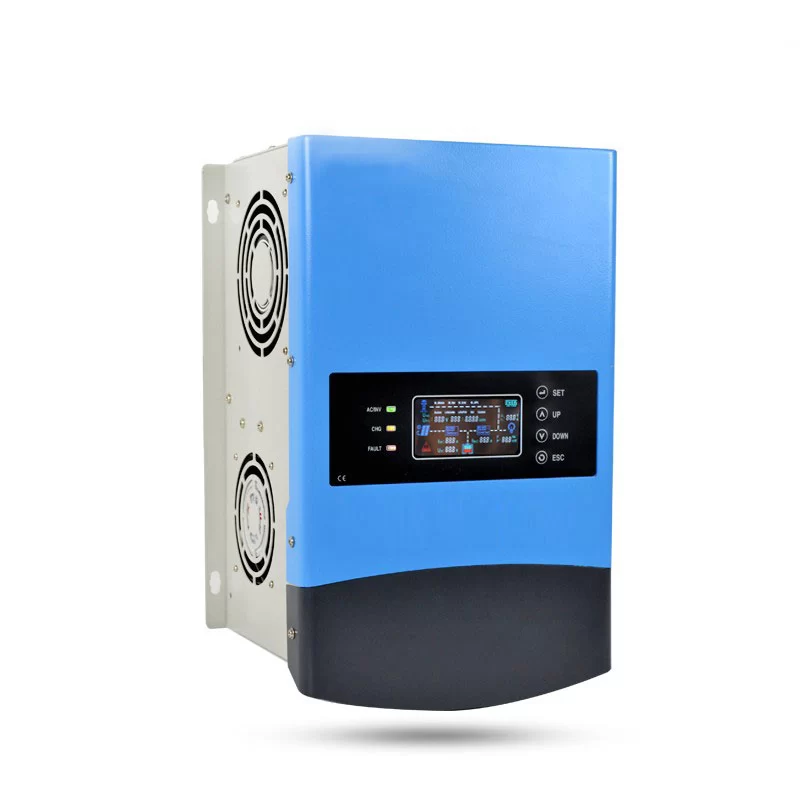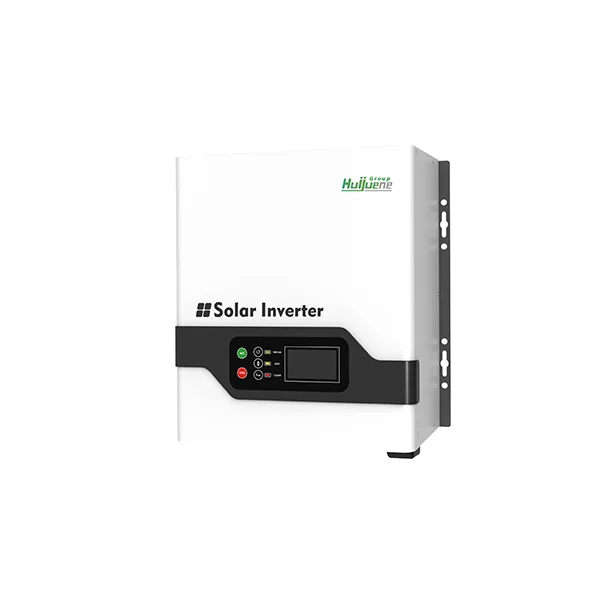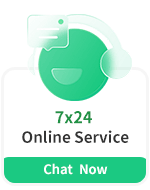How to Connect Battery to Solar Inverter: A Step-by-Step Guide
If you’ve been exploring solar energy, one key question often comes up: how to connect battery to solar inverter safely and effectively. Whether you’re setting up a small home backup or a large off-grid system, understanding this process is crucial for efficiency and safety.
What Is a Solar Inverter and Why Does It Need a Battery?
A solar inverter is the brain of your solar power system. Its main job is to transfer the DC (direct current) energy stored in your solar battery to AC (alternating current), which powers your home appliances. An inverter is required; otherwise, the energy stored in your batteries isn’t usable directly.
Having a battery as part of your solar inverter setup enables you to:
- Store additional solar energy generated during the daytime.
- Use that energy at night or in the event of power outages.
- Save money on electric bills and reduce grid reliance.
This setup pairs well with a pure sine wave inverter because it delivers stable electricity that’s safe for sensitive electronics like laptops, refrigerators, and medical equipment.
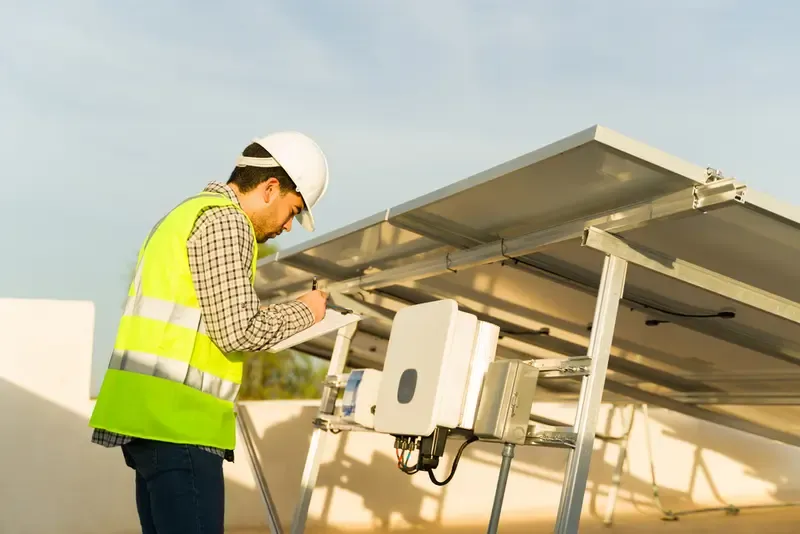
Step-by-Step: Connecting a Battery to a Solar Inverter
Let’s keep this as straightforward as possible yet remain practical. Here is a step-by-step approach most solar technicians follow:
- Safety First
- De-energize all power sources (solar panels and the inverter).
- Wear insulated gloves and eye protection.
- Use the correct wire gauge to prevent overheating.
- Check Battery Specifications
- Verify voltage compatibility with your inverter (typically 12V, 24V, or 48V).
- Ensure your battery type (lead-acid or lithium-ion) is compatible with the inverter.
- Connect Battery to Inverter
- Identify battery and inverter positive (+) and negative (–) terminals.
- Use color-coded wiring: red for positive, black for negative.
- Tighten all connections securely to avoid sparking.
- Install a Fuse or Circuit Breaker
Placing a fuse or breaker between battery and inverter increases safety and protects equipment from surges.
- Power On and Test
- Switch on the inverter.
- Monitor the display panel to confirm proper charging and discharging.
- Test a few appliances to ensure smooth power delivery.
Pro Tip: If you’re using a pure sine wave inverter, your appliances will run more efficiently compared to a modified sine wave inverter.
Why Pure Sine Wave Inverters Matter
You might ask: is investing in a pure sine wave inverter worth it? The short answer—yes, especially if you’re powering sensitive devices.
Benefits:
- Produces clean, grid-quality electricity.
- Extends the lifespan of electronics.
- Runs silently with lower heat production.
In fact, according to the International Renewable Energy Agency (IRENA), the adoption of pure sine wave inverters in hybrid solar systems has increased significantly since 2022, especially in markets like California and Germany where residential solar installations are expanding.
Off-Grid Case Study: Rural Kenya
In rural Kenya, several off-grid clinics and schools rely on batteries connected to portable sine wave inverters. Through the use of portable solar containers, these communities now have round-the-clock power for lighting, refrigeration of vaccines, and even computer labs. This real-world example shows how the right combination of battery-inverter transforms lives in places where grid power is unreliable.
Common Mistakes to Avoid When Connecting Battery to Solar Inverter
- Wrong Polarity:Reversal of positive and negative connections can damage the inverter.
- Undersized Cables:Leads to overheating and power loss.
- No Fuse Protection:Puts at risk of fire.
- Overloading the Inverter:Always calculate the total wattage of appliances connected.
- Ignoring Battery Health:Deep discharging of batteries shortens their life.
Quick Reference Table: Pure Sine Wave vs. Modified Sine Wave Inverter
Feature | Pure Sine Wave Inverter | Modified Sine Wave Inverter |
Output Quality | Clean, smooth | Rough, less stable |
Appliance Compatibility | All devices (including sensitive electronics) | Basic devices only |
Cost | Higher upfront | Lower upfront |
Efficiency | High | Medium |
Best Use Case | Homes, businesses, clinics | Low-power, temporary setups |
Most people wonder if one battery can supply an entire house. Realistically, most homes need multiple batteries hooked up in series to provide sufficient backup, especially if you have heavy appliances.
Another common question is whether batteries can be connected to any inverter. Technically yes, but connecting a pure sine wave inverter ensures that your appliances will not be damaged by unstable current.
Lastly, some ask if it is safe for them to connect the system themselves. While DIY installations are possible, it is safest to have a licensed electrician or solar installer connect the system—especially for larger systems.

